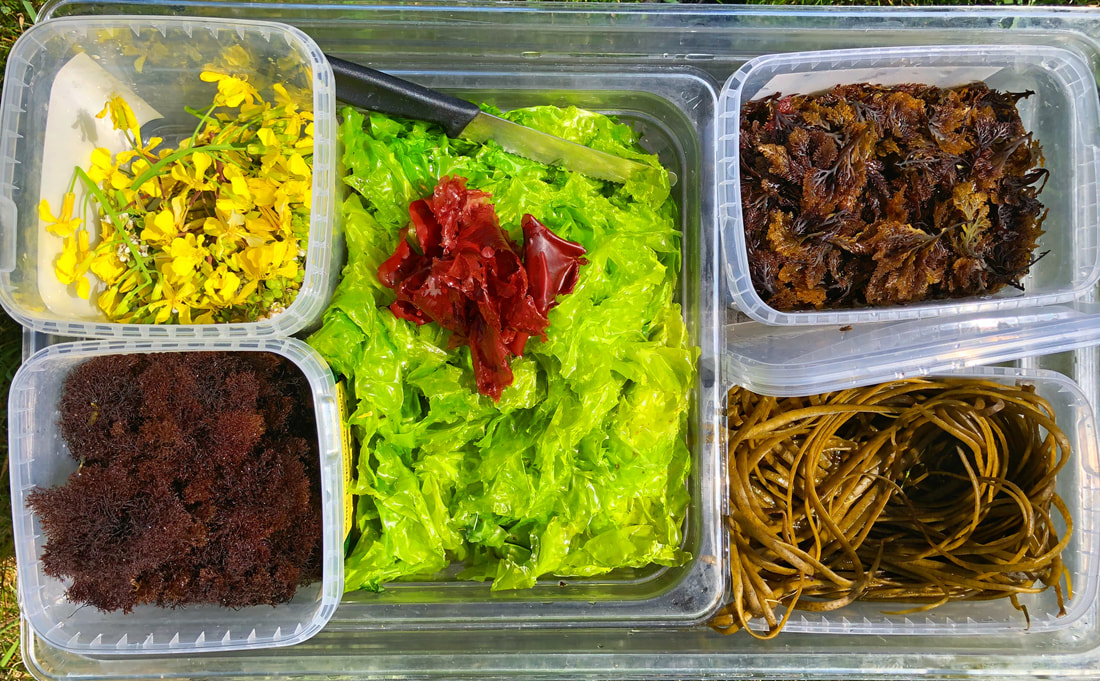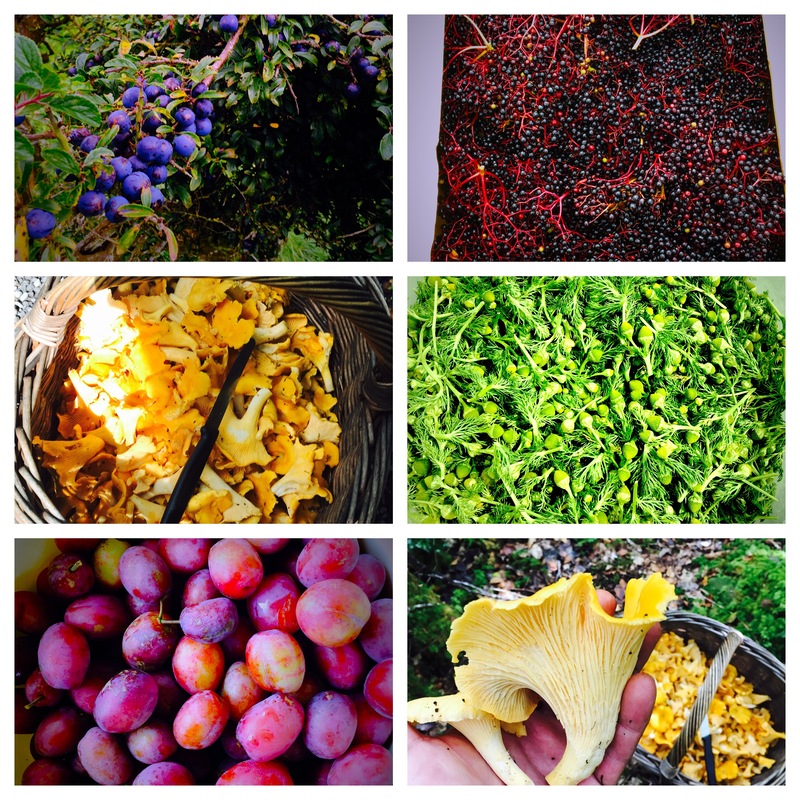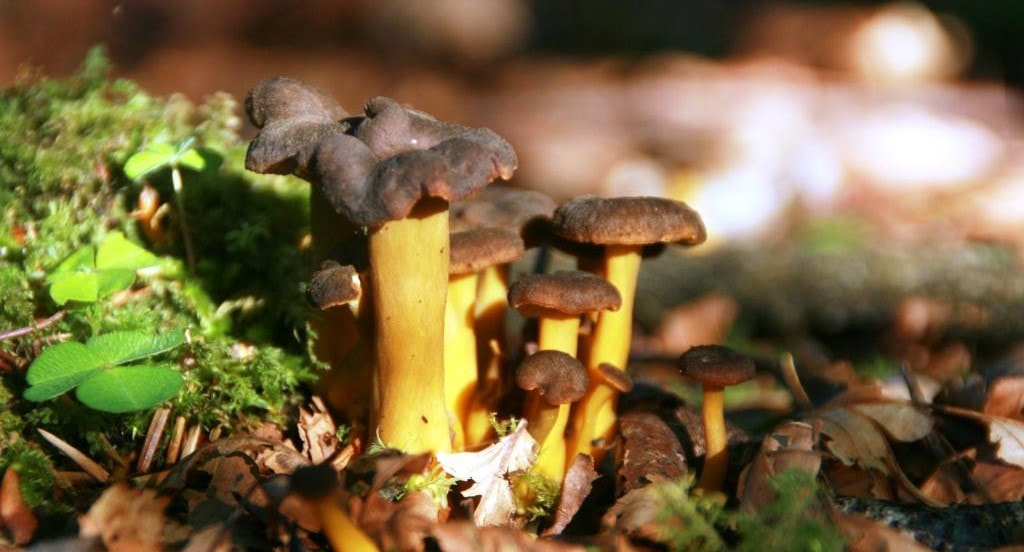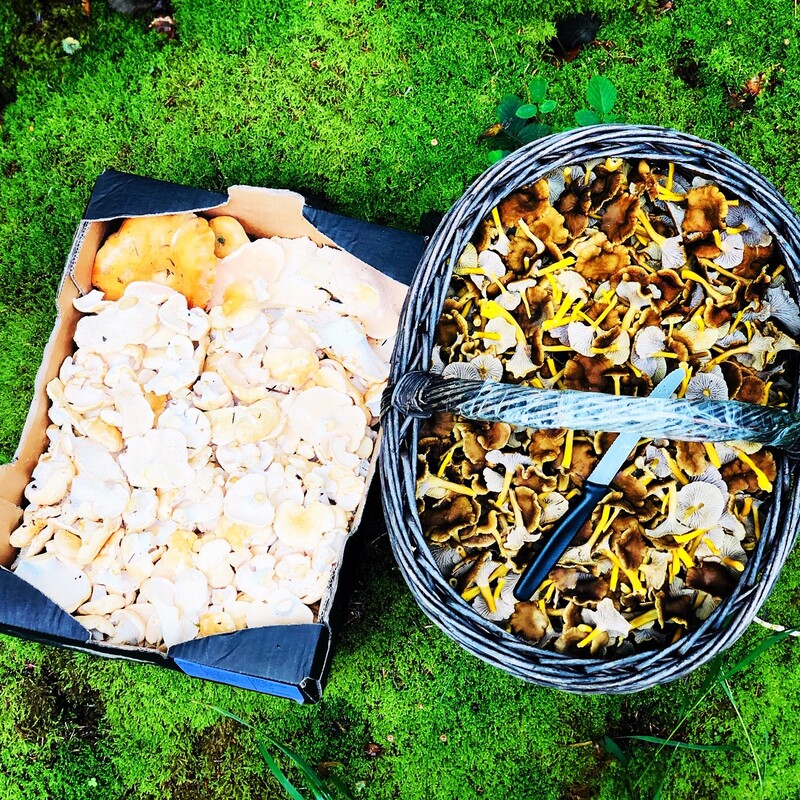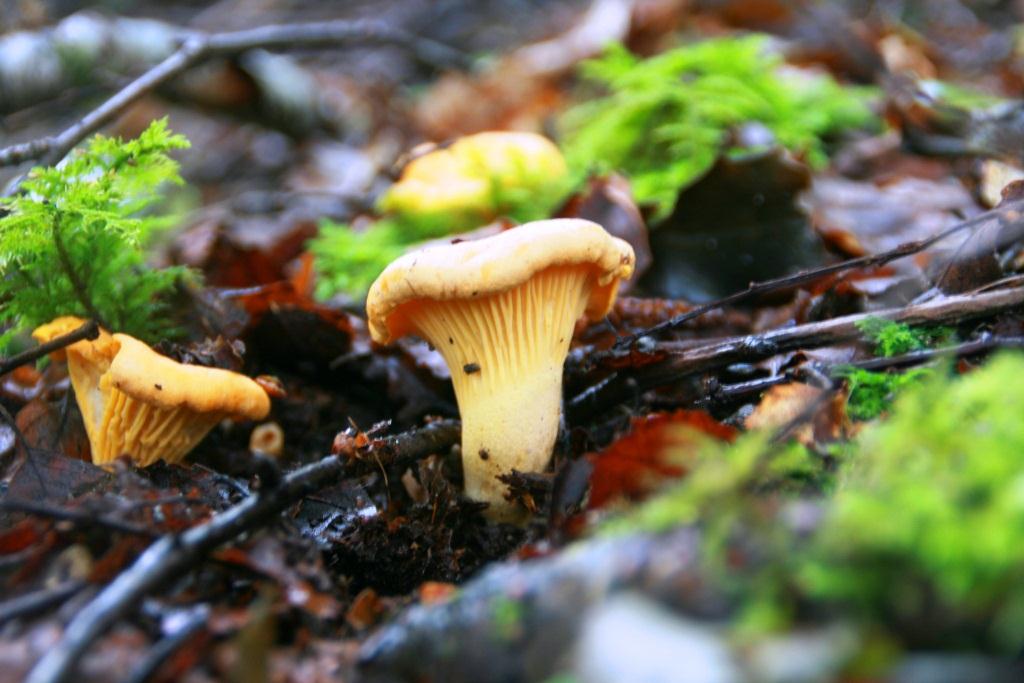|
They say “There is no such thing as a free lunch” – that may hold true until you discover foraging! Little did I know when my father took me picking wild mushroom at the age of 6 that I would end up on the island of Ireland, picking much more than just mushrooms. Nowadays, I collect wild foods from forests, hills, meadows, seashore and the sea. Foraging has undergone an unprecedented renaissance and not only in Ireland. However, for me, it is much more than just the collection of wild food. It brings me in contact with nature; it is the equivalent of a good workout; it allows me to be reflective and mindful while I am out and about it also stimulates my senses. There is nothing quite like smelling the mineral, truffle and sea notes while you are picking Pepper Dulse at low tide or coming upon the strong aroma of Porcini or Girolle mushrooms while walking through the forest. Once in the kitchen, the flavours of wild mushrooms and plants are so varied and often intense, that similar shop-bought items cannot compare or even get close to the flavour profiles or aromas. If we imagine a 15-meter-long timeline with the earliest ancestors of man gathering food about fifteen million years ago, the beginning of the cultivation of plants would only occupy the last seven millimetres, demonstrating the extremely long history of foraging. It is the Hunter-Gatherer in us, something that may be part of our genetic makeup, that makes foraging so enjoyable, apart from the fact that the wild foods you pick are available for free. HOW TO GET STARTED WITH FORAGING:
Pick foods that are easy to Identify like the below examples - Mushrooms (for details visit www.gallowaywildfoods.com):
Seashore plants (for details visit www.gallowaywildfoods.com):
Seaweeds (for details visit www.gallowaywildfoods.com):
Hedgerows, Meadows and Forest (for details visit www.gallowaywildfoods.com):
HOW TO FORAGE SUSTAINABLY AND RESPONSIBLY
THE DON’TS AND WHAT TO LOOK OUT FOR WHEN FORAGING
WHAT TO DO WITH YOUR FORAGED FOODS There are endless possibilities for your foraged foods. The things I like to do are:
MY FAVOURITE RESOURCES FOR FORAGING:
1. BOOKS: Wild Food (Roger Philips), Mushrooms (Roger Philips, advanced), Food for Free (Richard Mabey) 2. BLOG: www.gallowaywildfoods.com by Mark Williams, a fantastic blog that has very specific detail on edible wild foods regarding identification and seasonality, and due to its close geographical proximity, it is a good indicator to what is happening in Ireland. 3. APP: VILD MAD a project initiated by MAD, giving good detail on identification and recipes, however, be mindful that the app is designed for the Danish Landscape so there may be slight differences regarding seasonality. 4. INSTAGRAM: www.instagram.com/thallifoods Thalli foods are one of my favourite Instagram accounts, with excellent pictures of wild foods in their natural habitat, and very detailed descriptions of when and where to find them as well as how to use many of them. As Edward and Avery, the couple behind Thalli Foods are based in Co. Clare, it gives any followers interested in foraging a good Idea what you can find when out and about in the wild at any given time. 5. FOOD MARKET: The Milk Market Limerick, for the weeks, when you don't get out to forage, you can find Ballyhoura Mountain Mushroom (Mark and Lucy), selling a variety of wild and cultivated mushrooms and excellent mushroom products, You will also find Thalli foods (Edward and Avery) selling foraged edibles and a selection of condiments made from wild foods. There is such a thing as a free lunch if you are willing to get out there and look for it, and with the wild garlic season in full swing at the moment, it is only a matter of time until the hunter-gatherer instinct should awaken in you. Happy foraging! Ulrich Hoeche
0 Comments
Autumn has definitely arrived, a couple of weeks ago I left the same forest with a handful of mushroom, fast forward two weeks, take 4 days of sunshine last week and plenty of moisture into consideration, and now and the place is awash with yellow leg chanterelles and pied de mouton
It was almost six months ago that the last wild mushrooms such as Yellow Leg Chanterelles also called Winter Chanterelles disappeared. This year's season of the first edible mushrooms like the St George's Mushroom, which usually grows around the end of April (23rd April is St George's Day) started very slowly due to the weather.
But now with rising temperatures and plenty of rain, the Summer Chanterelles have started to poke their heads through the forest floor. |




